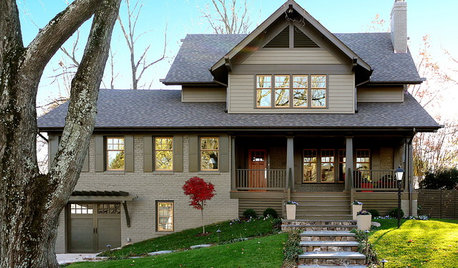Azalea turning brown! Help!
harmonyfarms
17 years ago
Featured Answer
Comments (7)
harmonyfarms
17 years agolast modified: 9 years agoRelated Professionals
Allen Landscape Architects & Landscape Designers · Allentown Landscape Architects & Landscape Designers · Mountain Brook Landscape Architects & Landscape Designers · Caldwell Landscape Contractors · Commack Landscape Contractors · Hawthorne Landscape Contractors · Lynchburg Landscape Contractors · Mashpee Landscape Contractors · Middletown Landscape Contractors · New Brighton Landscape Contractors · Paterson Landscape Contractors · Reedley Landscape Contractors · Rio Linda Landscape Contractors · Saint George Landscape Contractors · East Norriton Landscape Contractorsluis_pr
17 years agolast modified: 9 years agoharmonyfarms
17 years agolast modified: 9 years agorhodyman
17 years agolast modified: 9 years agoapmeeker
14 years agolast modified: 9 years agoscoobstar
11 years agolast modified: 9 years ago
Related Stories

HOUZZ TOURSMy Houzz: A Circle of Friends Turns a Dallas House Into a Home
Homeowners enlist help from friends to remodel, build an addition and decorate their home
Full Story
HOUZZ TOURSMy Houzz: Turning a Netherlands Barn Into a Country Home
Once a place for chilling milk, this Dutch home now lets the owners chill out in easygoing comfort
Full Story
GARDENING GUIDESHow to Turn a Side Yard Into a Glorious Garden Room
With just 8 feet or so, you can turn a plain side yard into a garden that lets you get carried away
Full Story
REMODELING GUIDESHouzz Tour: Turning a ’50s Ranch Into a Craftsman Bungalow
With a new second story and remodeled rooms, this Maryland home has plenty of space for family and friends
Full Story
GREAT HOME PROJECTSTurn That Spare Room Into a Walk-in Closet
New project for a new year: Get the closet you’ve always wanted, starting with all the info here
Full Story
MOST POPULARYou Can Turn That Into a Bathroom Vanity?
Find inspiration in 13 unconventional bathroom vanities that are as functional as the real deal
Full Story
COLORFUL HOMESHouzz Tour: Turning Tradition on Its Head in Vermont
Leopard-spotted stairs, Victoriana paired with Lucite and other daring style moves give a home in a shire a completely new twist
Full Story
LIGHTINGHow to Turn a Vase Into a Lamp
Fashion a light fixture from that antique or thrift store find, for a one-of-a-kind piece you’ll be proud to display
Full Story
STORAGEStorage Surprise: Turn Colorful Tool Cabinets Into Fun Furniture
Reimagine your handy chests as nightstands, bar carts and kitchen storage for a bright interior alternative
Full Story
LANDSCAPE DESIGNHow to Turn an Ugly Wall Into a Feature
There are plenty of ways, from planting to paneling, to improve your garden view
Full Story





luis_pr